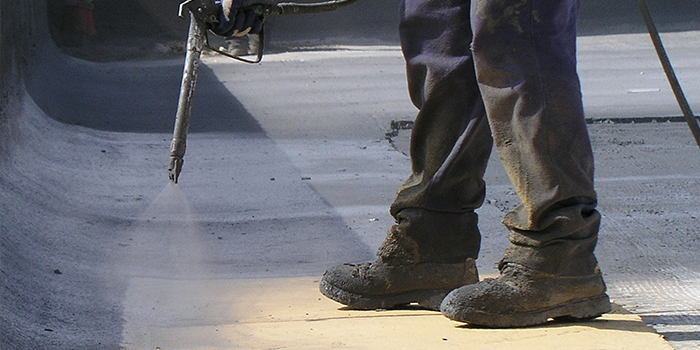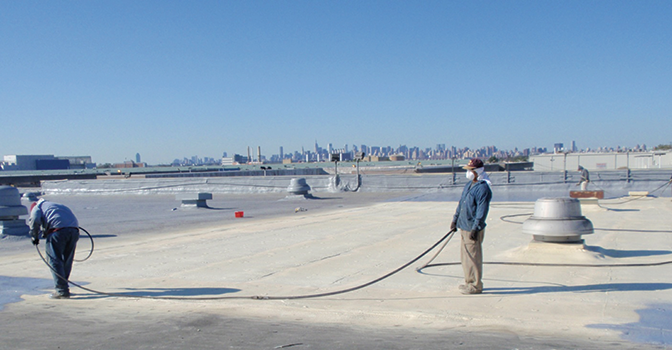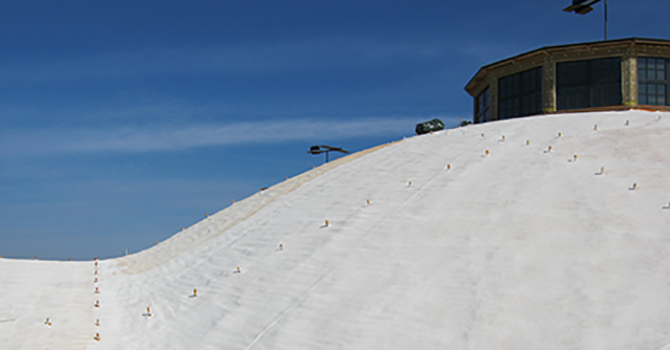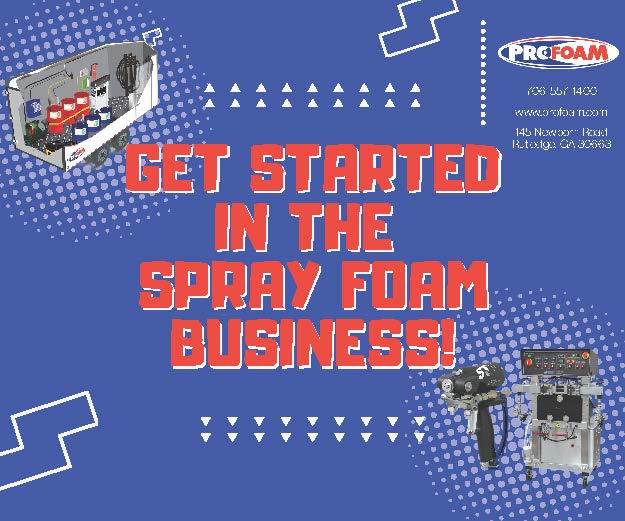
Protective Roof Coatings

Back to Education Center | Roofing Guide
SPF Roof Coatings
Although roofing foam is a dense, strong material, it can be damaged by sunlight (UV radiation), moisture, foot traffic, hail, and flying debris in high-wind events. Protective coatings are necessary to seal roofing foam from the environment and minimize said damage. When roofing foam is installed to the specified thickness and allowed to cure, an elastomeric coating is then applied over the foam surface (sometimes gravel or greenery is added in conjunction with a coating). The addition of the coating creates a weather-resistant roofing system that can easily be walked on for maintenance purposes.

Elastomeric coatings are almost always white or light-colored, with the most common materials being acrylic, silicone, urethane, butyl rubber, and polyurea. Physical properties, application equipment, installation procedures, and pricing vary from material to material. The coatings can be single-component or plural-component materials that are spray-applied in two stages: basecoat and topcoat. Sometimes, the spray application process involves priming the foam surface or embedding (aka broadcasting) granules into the topcoat.
Eventually, every spray foam roofing system requires maintenance. Provided there isn’t any significant physical damage, just normal wear-and-tear, maintenance usually involves cleaning, priming, and recoating the roof surface. It’s really that easy, and maintaining an SPF in such a fashion every 10 years or so will keep it performing well for decades.

As with most roofing systems, seasonal changes in temperature will cause SPF roofs to expand and contract throughout the year. So, it’s critical that the protective coating installed over an SPF roof is elastic enough to move with the foam. If the coating is too brittle, it will crack or delaminate, thereby negating any protective qualities it might otherwise have provided. Look for the term “elongation” when consulting a material’s physical properties. Materials suppliers can provide assistance for choosing the proper coating material for a given roofing system and climate.






